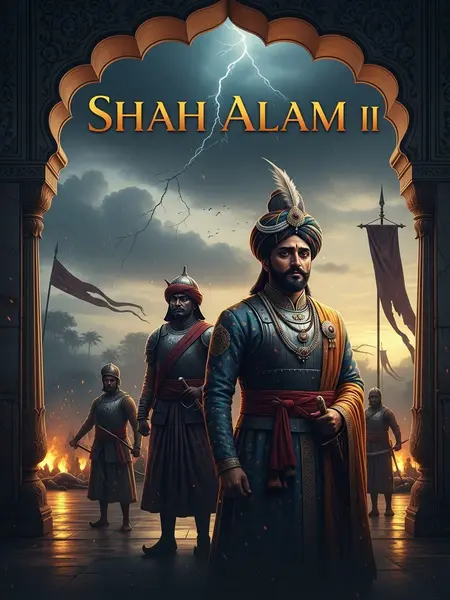Chapter 5: The Final Advance
In June, Asaf-ud-Daula, Haider Ali, Jai Singh, and others arrived at the Assam front in succession. They immediately convened military meetings and meticulously planned troop deployments. The sounds of tabla practice drifted from a distant tent, and the aroma of frying puris wafted through the camp, mingling with the shouts of mule-drivers and the clatter of arms.
For logistics, the Mughal army mobilised as many as one million labourers and more than 100,000 mules and horses to supply the army.
Caravans stretched for miles—coolies carrying sacks of rice on their heads, bullocks trudging through knee-deep slush, cooks and water-bearers bustling from camp to camp with steaming pots of dal and rotis. The sheer scale was staggering, and the roads from Bengal to Assam buzzed with activity as never before.
On July 20, the Mughal army set out in force, crossed the India-Burma border, and launched a war of annihilation against Burma.
With drums beating and the scent of marigolds in the air, the host crossed the border. Children ran behind the columns, hoping for a glimpse of the imperial banners; old women pressed sugarcane juice into the hands of thirsty soldiers. This was a march not just of men, but of a nation striving to reclaim its honour.
Along the way, the Burmese army, upon seeing the display of Mughal military might, either fled or surrendered.
Rumours ran ahead of the columns—some claimed the Burmese had seen omens in the sky, others that the mere sight of the Rajput horsemen was enough to sap their courage. Villages surrendered without a fight, and the Mughal soldiers—so long starved of victory—marched with renewed pride.
By early August, the Mughal army had advanced almost to the Jiajiao River (in present-day Kachin State, northern Burma) without bloodshed.
The generals began to dream of final triumph—already, scribes were drafting proclamations of victory for the Emperor, and young officers rehearsed their speeches for the celebration banquets sure to follow. The soldiers paused at the riverbank, dipping their feet into the cool water and offering prayers of thanks under the tamarind trees.
But across the water, the first shots rang out—a reminder that Burma’s spirit had not yet bowed.
Here, the Mughal army encountered their first real resistance. Three massive Burmese wooden stockades stood across the riverbank, towering above, and poured musket fire down on the Mughal vanguard. In front of the stockades, numerous...







